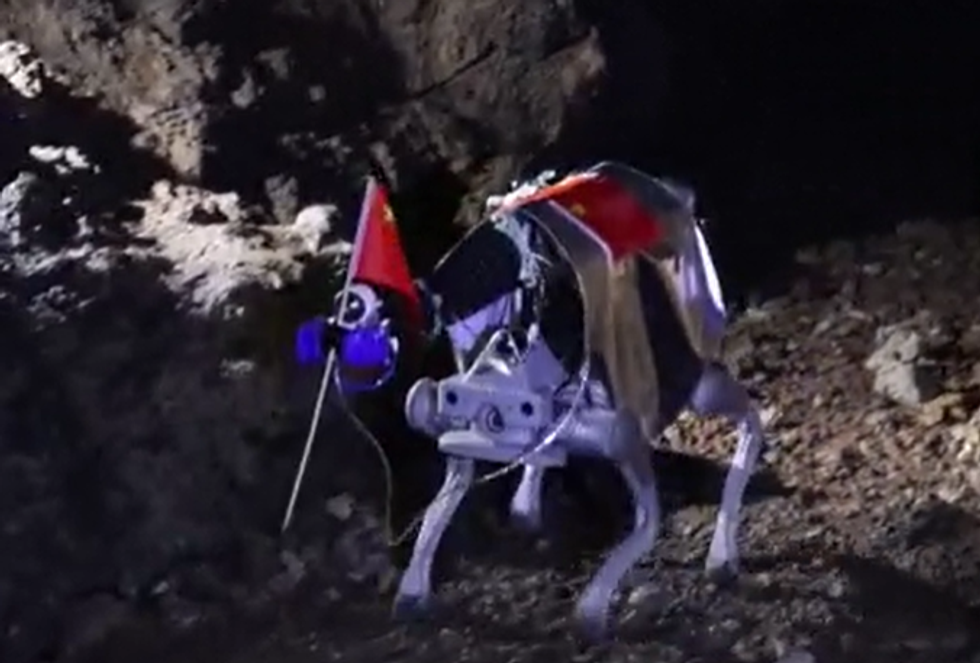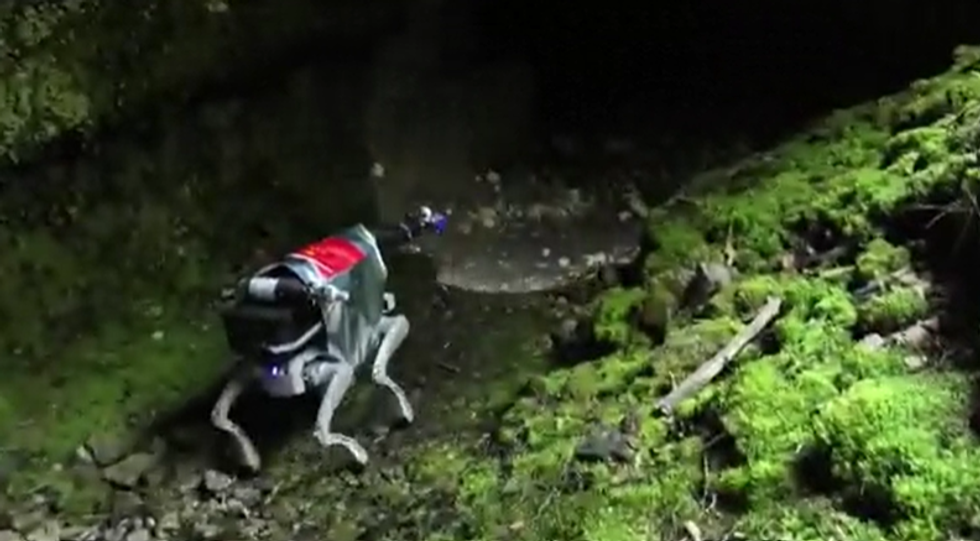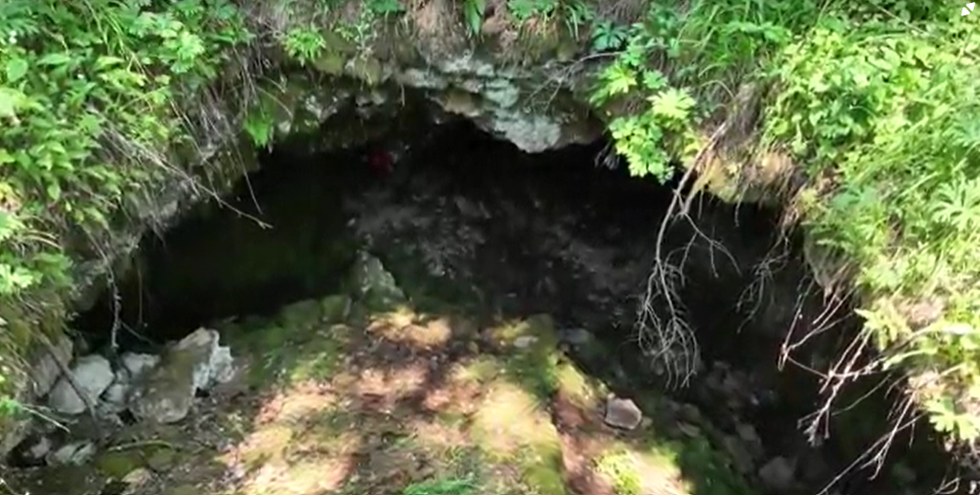Space breakthrough as China trains robot dogs for lunar missions ahead of putting humans on the moon

Chinese officials have announced plans to achieve a crewed lunar landing 'before 2030'
Don't Miss
Most Read
Chinese researchers have developed robotic canines designed to gather information from beneath the lunar surface, marking a significant advancement in the nation's space exploration programme.
The mechanical creatures are being prepared for deployment to areas identified as potential sites for human habitation.
Peking University scientists revealed that they had conducted trials with two specially engineered robotic dogs.
The machines underwent testing in a lava cave near Jingpo Lake in Heilongjiang Province, northern China.

Chinese researchers have developed robotic canines designed to gather information from beneath the lunar surface
|REUTERS
The university described the cave environment as "cold and dark" and "strikingly similar to the underground space of the Moon".
These subterranean conditions provided an ideal testing ground for the technology before its eventual deployment beyond Earth.
Natural tunnels beneath the lunar and Martian surfaces could shield inhabitants from cosmic radiation and are spacious enough to accommodate residential structures.
The Jingpo Lake tunnels were designed to replicate these extraterrestrial environments, allowing for pre-mission technology trials.
LATEST DEVELOPMENTS:

Peking University scientists revealed at the weekend that they had conducted trials with two specially engineered robotic dogs
|REUTERS
The first robotic canine takes inspiration from an anteater's design, built to handle complex operations and navigate confined areas.
Its counterpart mimics a salamander, featuring flexible components suited to surveying and crossing challenging landscapes.
Zhang Shanghang, a researcher at Peking University who spearheaded the creation of the robots, reported that the machines autonomously navigated the caves, gathered spatial information, and produced detailed three-dimensional maps during trials.
Video recordings captured the robots transporting Chinese flags, which could potentially be used for placement on the lunar surface.

The machines underwent testing in a lava cave near Jingpo Lake in Heilongjiang Province, northern China
|REUTERS
The robotic canine project forms part of Beijing's ambitious space exploration agenda.
The scheme has seen substantial growth over the past several years.
Chinese officials have announced plans to achieve a crewed lunar landing "before 2030".
They also plan to establish an International Lunar Research Station in collaboration with Russia and other partners by 2035.











